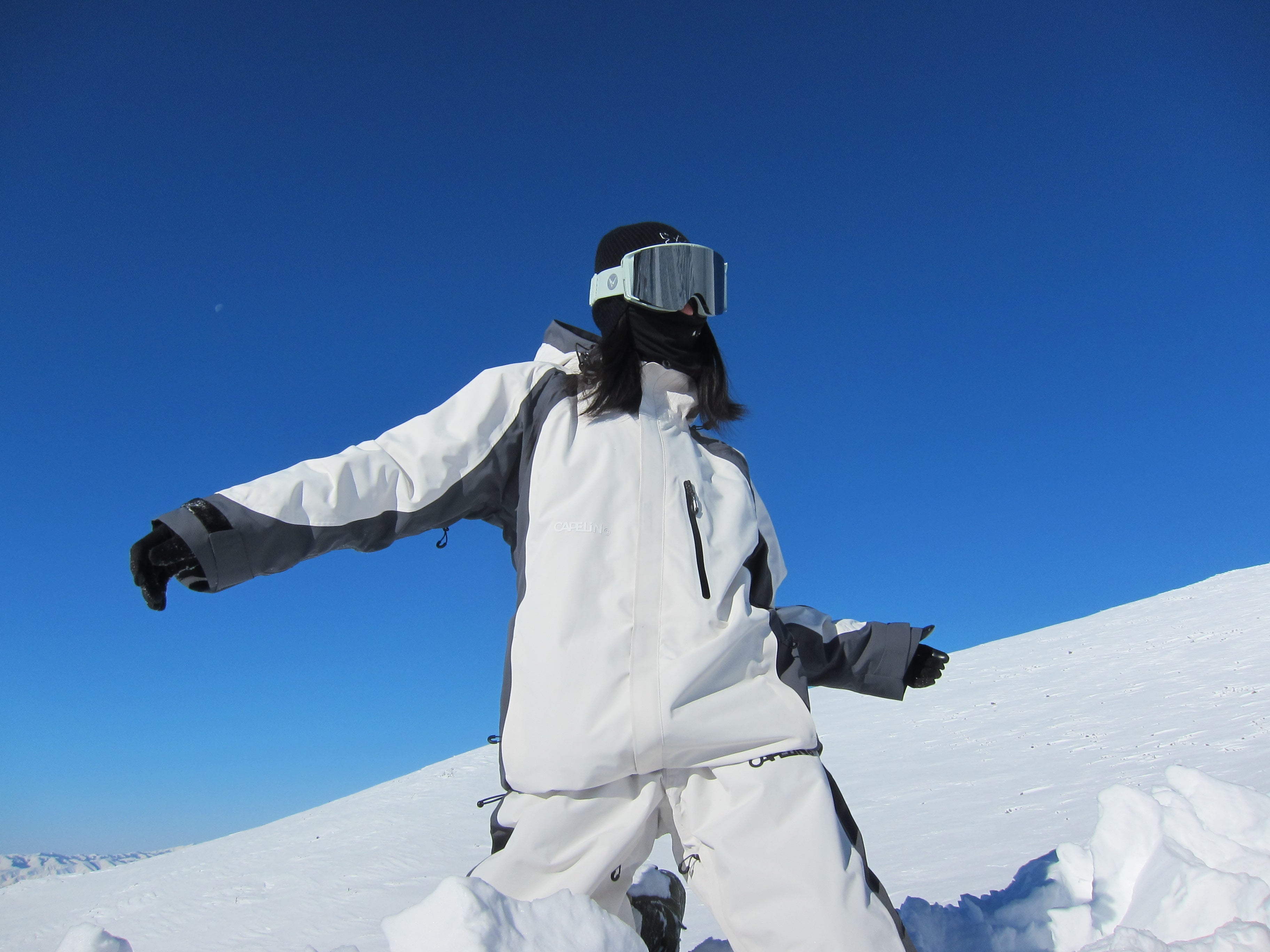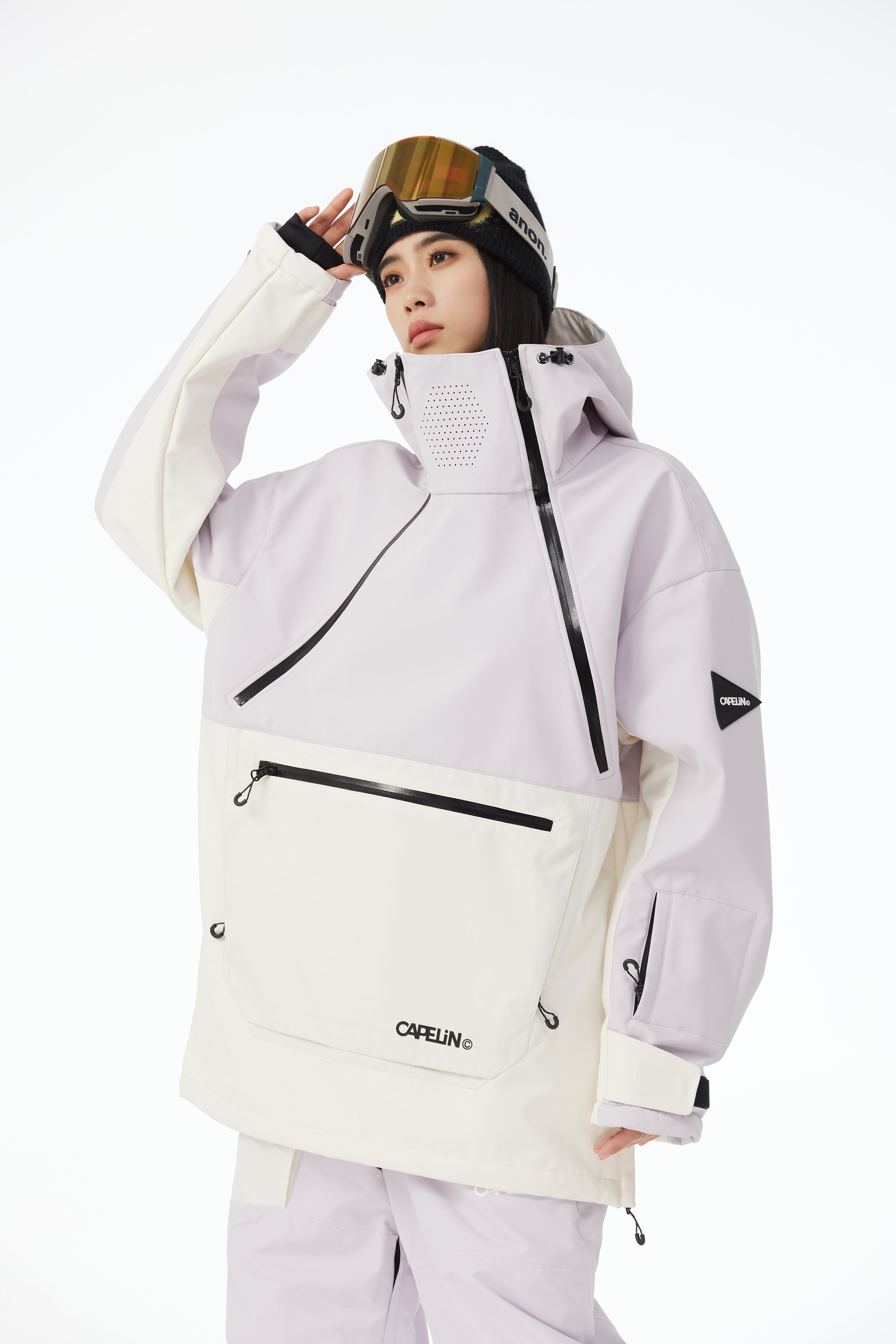The debate around helmet usage in snowboarding is not just about compliance; it's about understanding the value of safety in enhancing the snowboarding experience. Wearing a helmet can significantly reduce the risk of head injuries, making it a crucial piece of equipment for snowboarders at all levels.
This article delves into various aspects of helmet use in snowboarding, from safety benefits and legal requirements to personal stories and choosing the right helmet.
The Importance of Safety in Snowboarding
Snowboarding carries inherent risks that cannot be overlooked. Among these, head and spinal injuries stand out as significant concerns due to the potential for long-term impact on an individual's health and well-being.
As we know, the nature of snowboarding involves high speeds, aerial maneuvers, and unpredictable terrain, increasing the likelihood of falls and collisions. These incidents can lead to serious injuries, with head trauma being particularly concerning due to the risk of concussion or more severe brain injuries.
Recognizing these risks, the snowboarding community has seen a positive shift towards prioritizing safety. One of the most notable trends in recent years is the increasing adoption of helmets among snowboarders and skiers alike.
Luckily, this change reflects a growing awareness of the critical role helmets play in reducing the risk of head injuries. Helmets are designed to absorb impact and distribute the force of a blow, significantly lowering the chance of a serious head injury during a fall or collision.
The trend towards helmet usage is not just a result of individual choices; it's also influenced by educational campaigns, improvements in helmet design and comfort, and sometimes, legal requirements at ski resorts. As more snowboarders recognize the benefits of wearing a helmet, the culture around snowboarding continues to evolve. What was once seen as optional or even unfashionable has become a standard part of snowboarding gear, akin to snowboards and bindings themselves.
The Perception of Helmets Among Snowboarders
While some riders have always prioritized safety, others have viewed helmets as optional or even as a hindrance to their style or comfort. However, the perception of helmets is changing, particularly in light of high-profile accidents that have highlighted the risks involved in the sport. These incidents have served as stark reminders of the vulnerability of even the most experienced snowboarders.
The psychological aspect of feeling safer while wearing a helmet also plays a significant role in their acceptance. Snowboarders who wear helmets often report a greater sense of security, which can enhance their overall experience on the slopes. This sense of safety is not just psychological; it is backed by evidence showing that helmets can indeed reduce the risk of head injuries.
Legal Requirements for Helmet Use
Helmet laws vary by state and country, with some regions having more stringent requirements than others. In certain areas, helmet use is mandatory for children and employees at ski resorts.
For example, Italy, Croatia, Slovenia, Poland, and Austria have laws requiring helmets for children up to certain ages, with fines imposed for non-compliance. In some cases, adults are not legally required to wear helmets, but it is strongly recommended, and insurance policies may require it for full coverage.
Ski schools in countries like Germany, France, and Switzerland may also mandate helmets, especially for children. These legal requirements reflect a growing recognition of the importance of helmet use in preventing injuries on the slopes.
The Effectiveness of Helmets in Preventing Injuries
The effectiveness of helmets in reducing head injuries among snowboarders and skiers has been a subject of extensive research and discussion within the winter sports community.
Studies have consistently shown that helmets can significantly reduce the risk of head injuries. A comprehensive review of the evidence highlights that helmets decrease the risk of any head injury by 29% and are even more effective in reducing the risk of head injuries requiring evacuation via ambulance. This data underscores the critical role helmets play in enhancing safety on the slopes.
However, it's important to acknowledge the limitations of helmets, particularly in their ability to prevent concussions, especially at high speeds.
While helmets are designed to absorb impact and reduce the force transmitted to the skull, they are less effective in preventing the brain from moving within the skull, which is a common cause of concussions. This limitation does not diminish the overall value of helmets but highlights the need for continued advancements in helmet technology and design.
Types of Helmets and Safety Standards
When choosing a helmet for snowboarding, it's essential to understand the different types available and the safety standards they meet. Helmets can be categorized into three main types: in-mold, hard shell, and hybrid. In-mold helmets are known for their lightweight design, as they integrate the shell and shock-absorbing liner into a single piece.
Hard shell helmets, on the other hand, feature a separate hard outer shell glued to an inner liner, offering durability and protection against sharp objects. Hybrid helmets combine the benefits of both, providing a balance of lightweight comfort and robust protection.
Safety standards for snowboarding helmets, such as ASTM F2040, Snell RS-98, and EN1077, ensure that helmets meet specific criteria for impact protection, coverage, and retention system strength.
- ASTM F2040 is a common standard in the U.S. for non-motorized recreational snow sports helmets, focusing on impact protection and helmet stability.
- EN1077, a European standard, categorizes helmets into Class A (covering the top, rear, and sides of the head, including ears) and Class B (covering the top and rear), each with its own set of requirements for shock absorption, penetration resistance, and field of vision.
How to Choose the Right Helmet
Selecting the right helmet for snowboarding is crucial for ensuring both safety and comfort on the slopes. When choosing a helmet, consider factors such as fit, comfort, and safety features.
- It should fit firmly and snugly on your head, with the front positioned above your eyebrows and the chin strap securely fastened.
- Ensure there are no gaps between the helmet lining and your head, and that the back of the helmet does not press against your neck. Trying the helmet with your goggles can also help ensure a proper fit.
- One important consideration when choosing a helmet is the inclusion of MIPS (Multi-directional Impact Protection System) technology.
- Helmets equipped with MIPS provide added protection against rotational forces on the brain during angled impacts.
- The MIPS system allows the helmet to slide relative to the head, reducing the energy transmitted to the brain and lowering the risk of injury.
Conclusion
Wearing a helmet while snowboarding is not just a personal decision; it's a critical step toward ensuring your safety and well-being on the slopes. Helmets have been proven to reduce the risk of head injuries significantly, making them an essential piece of protective gear for snowboarders of all levels.
By considering factors such as fit, comfort, safety features like MIPS technology, and adherence to safety standards, you can select the best helmet for snowboarding.












